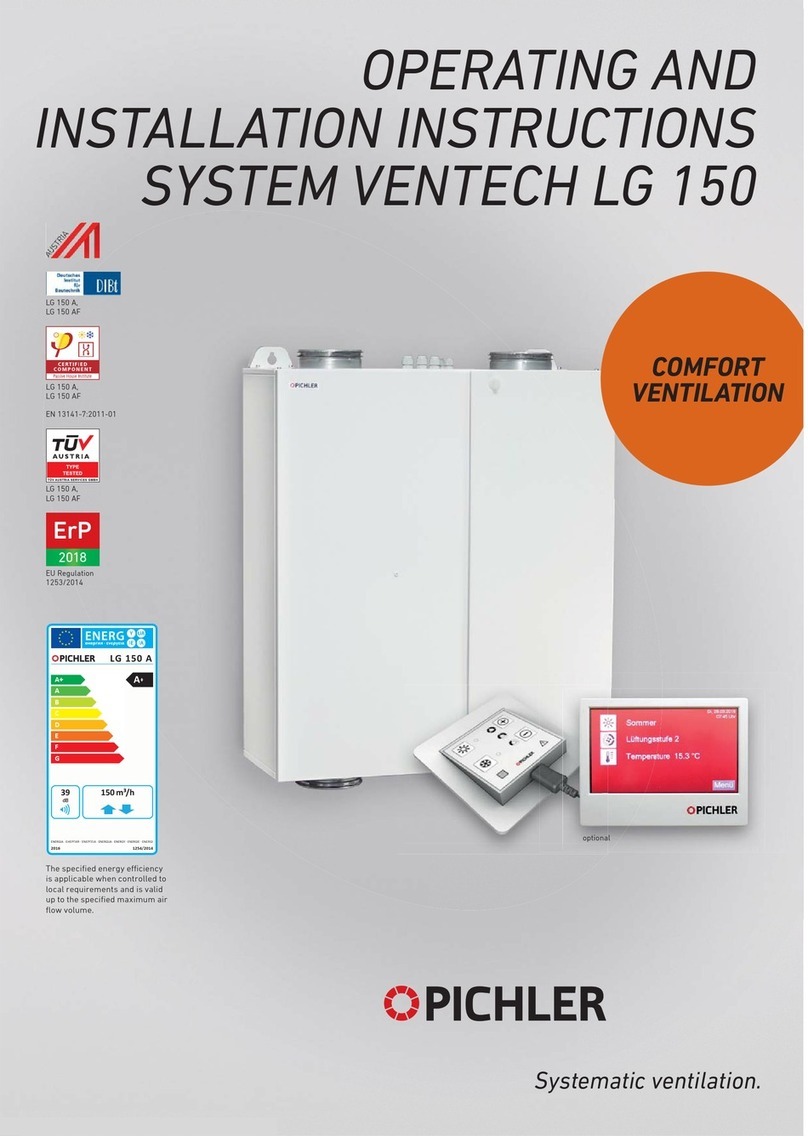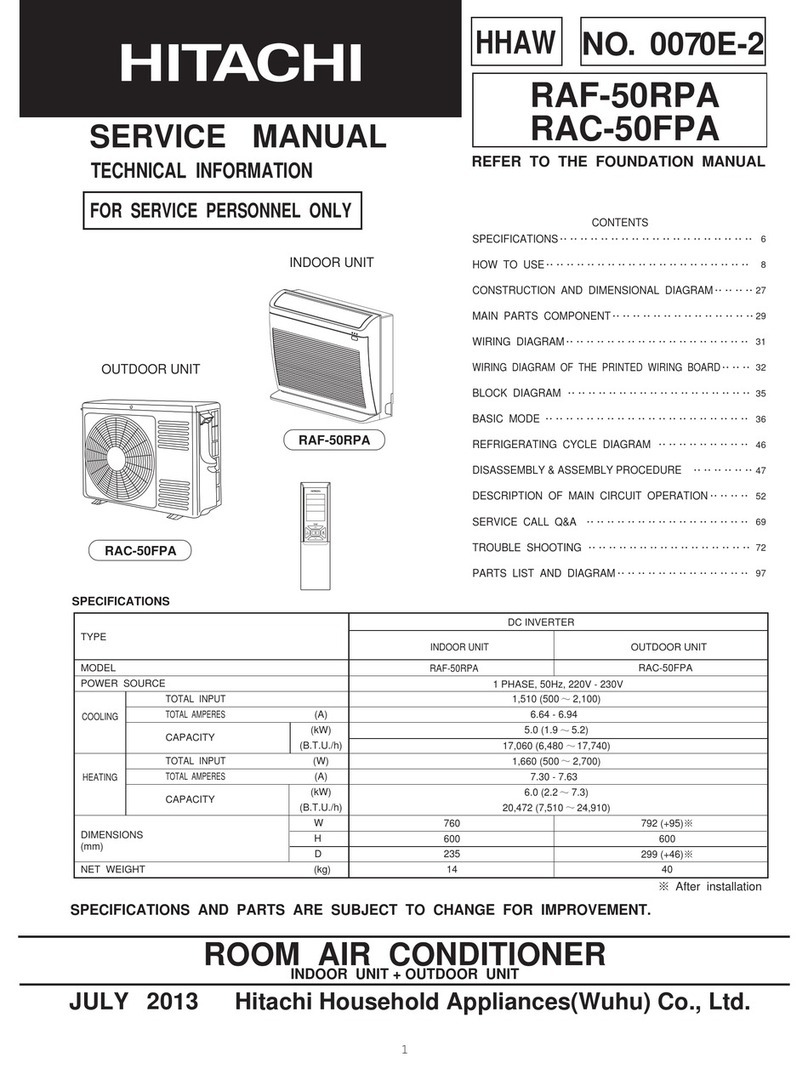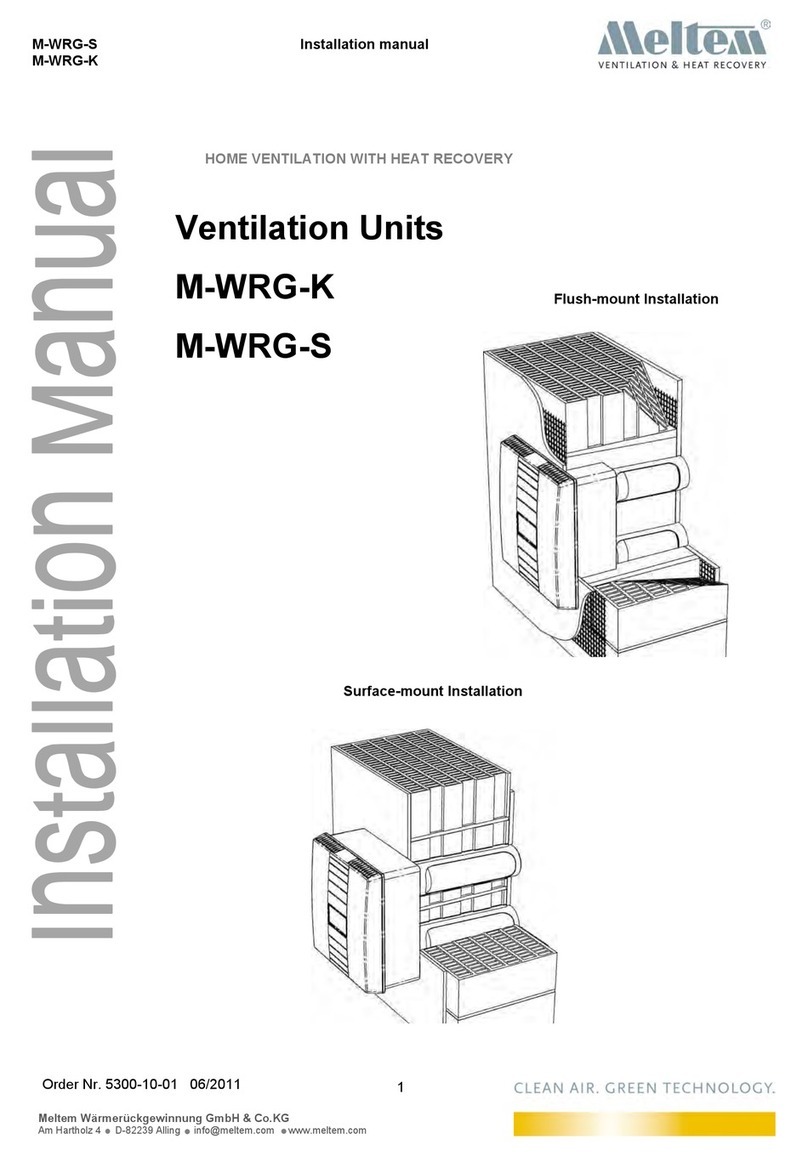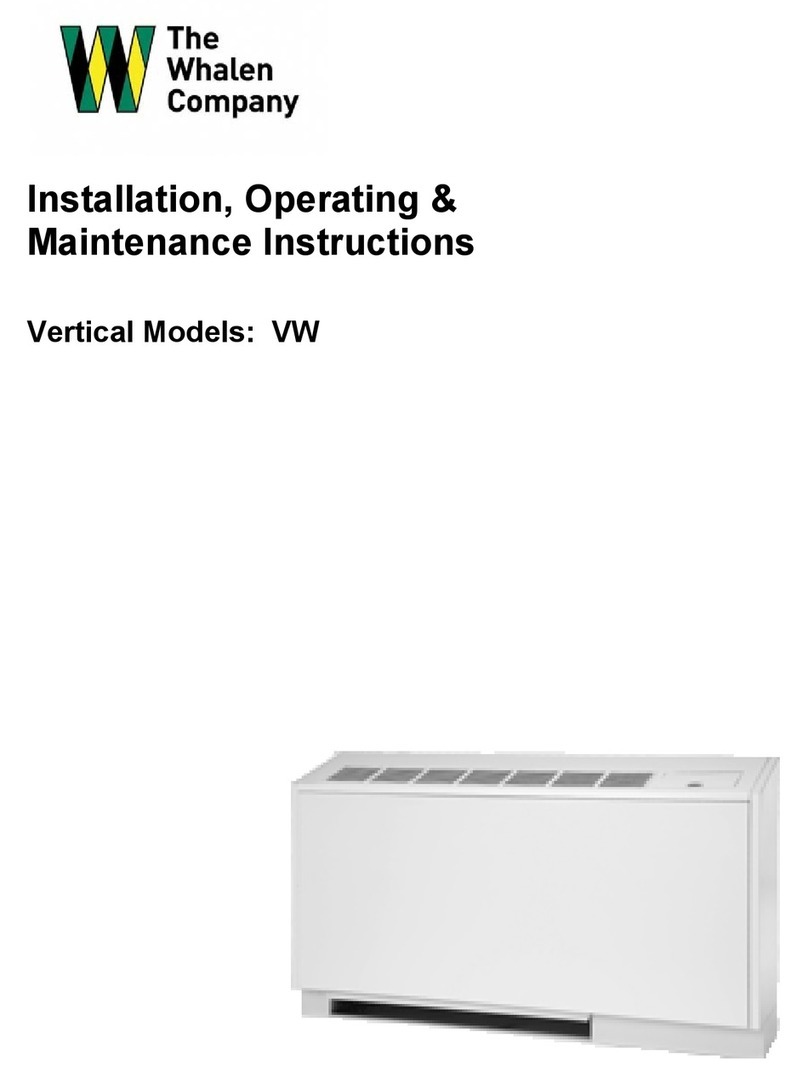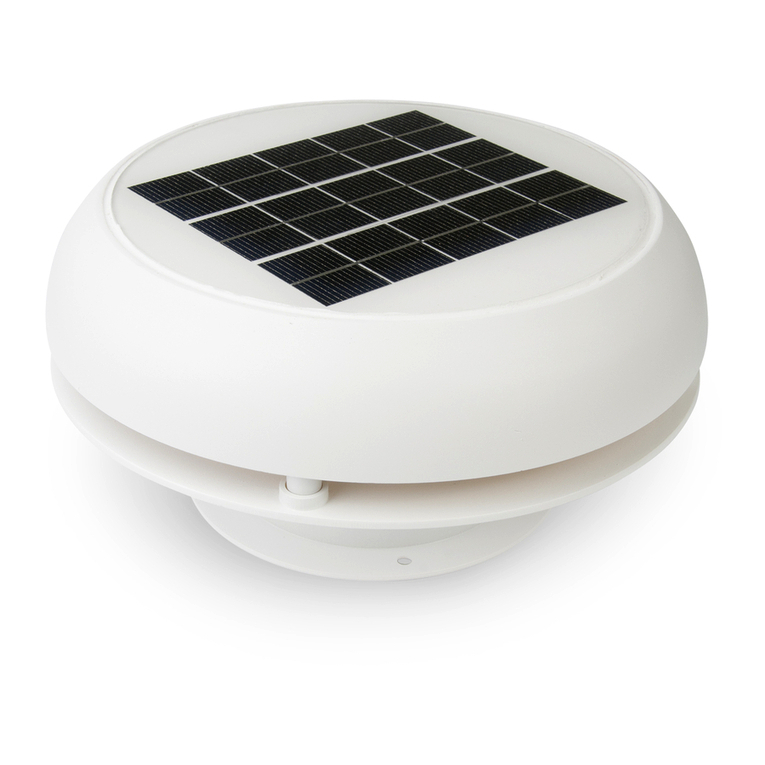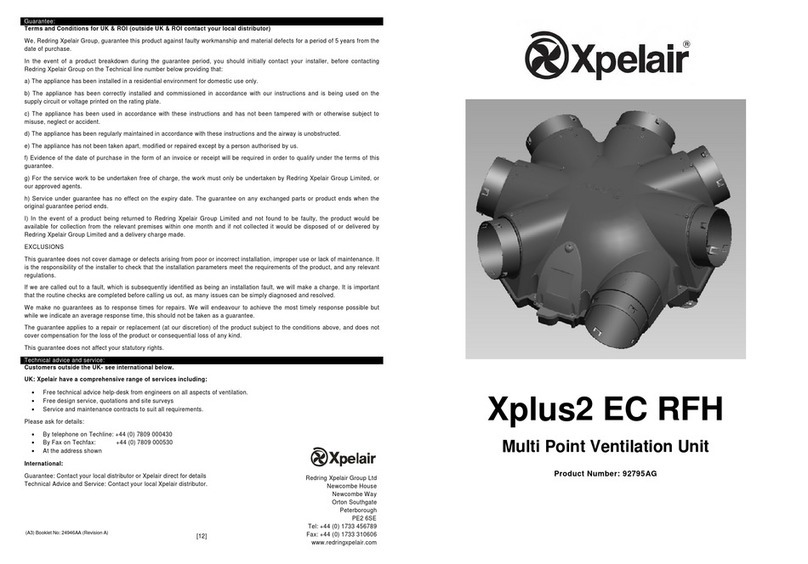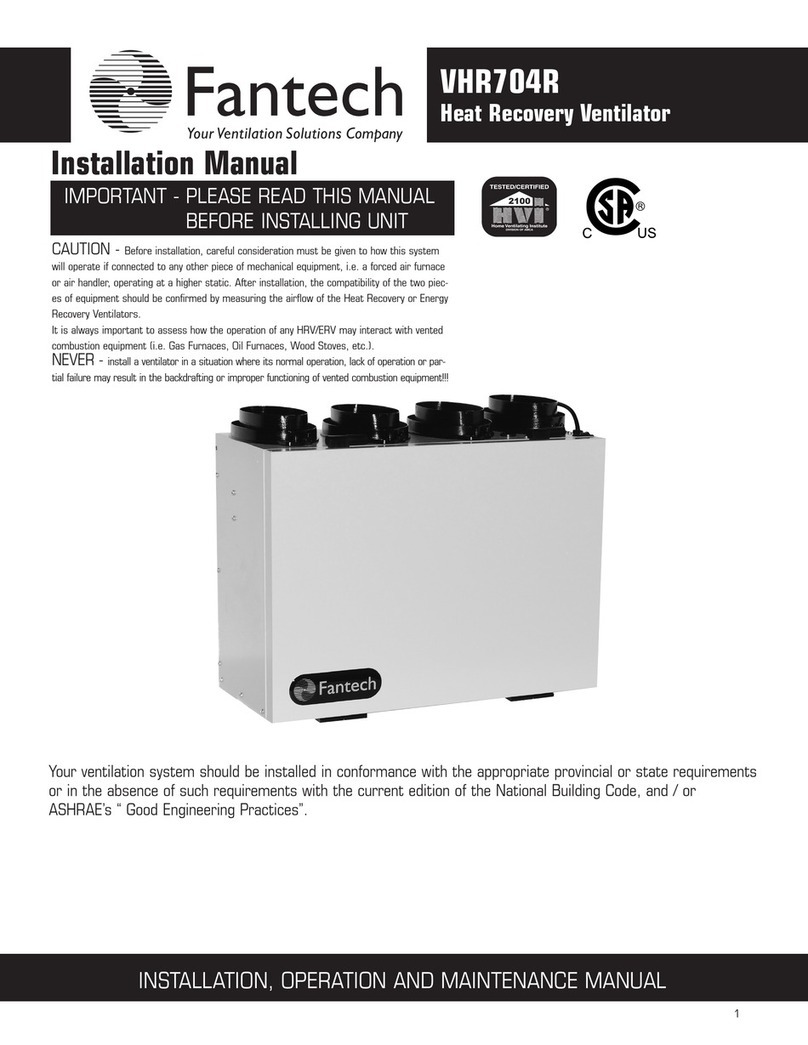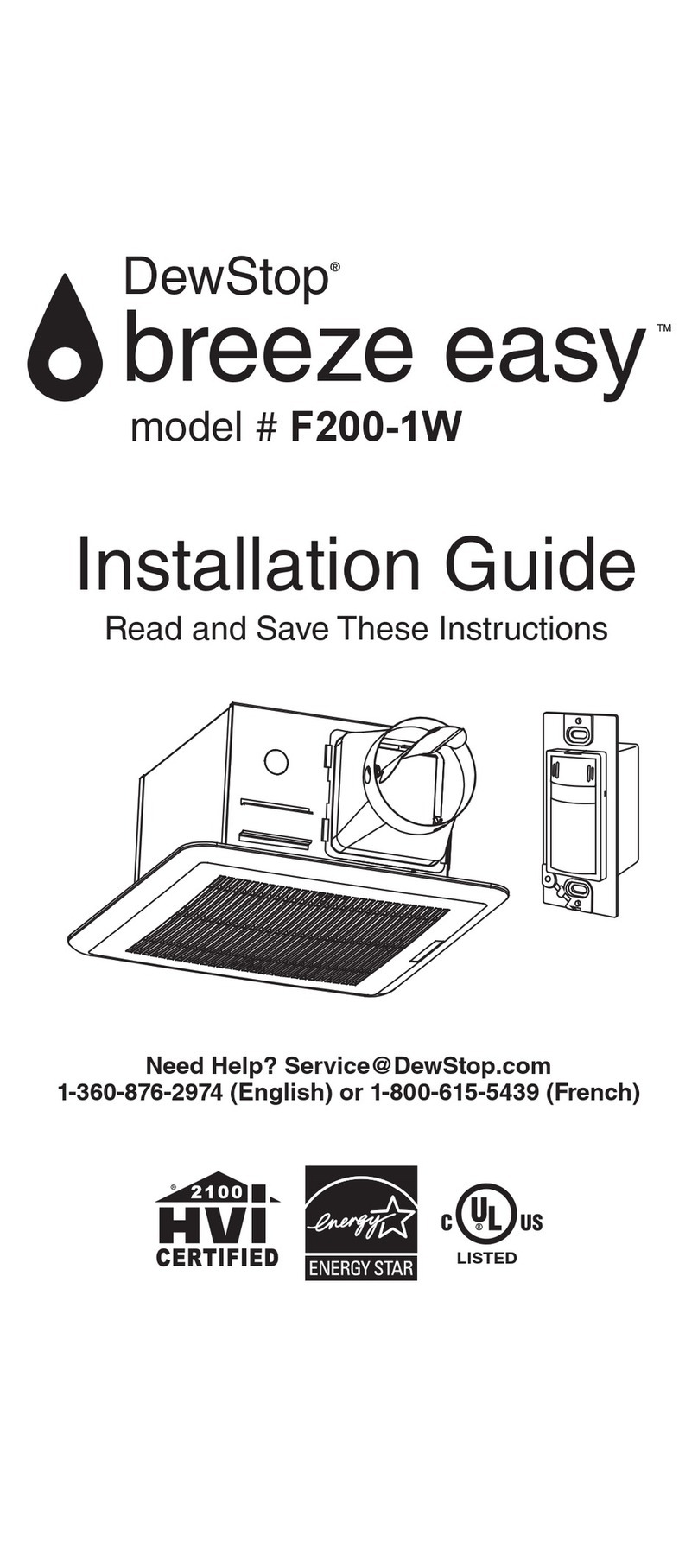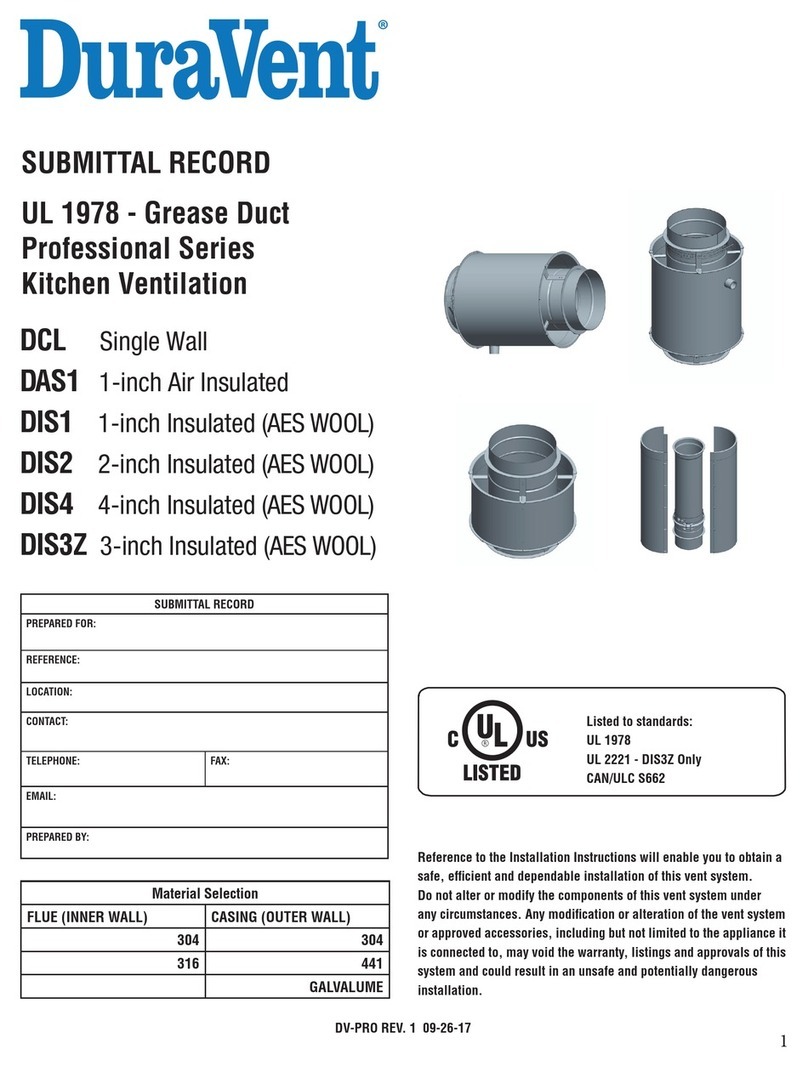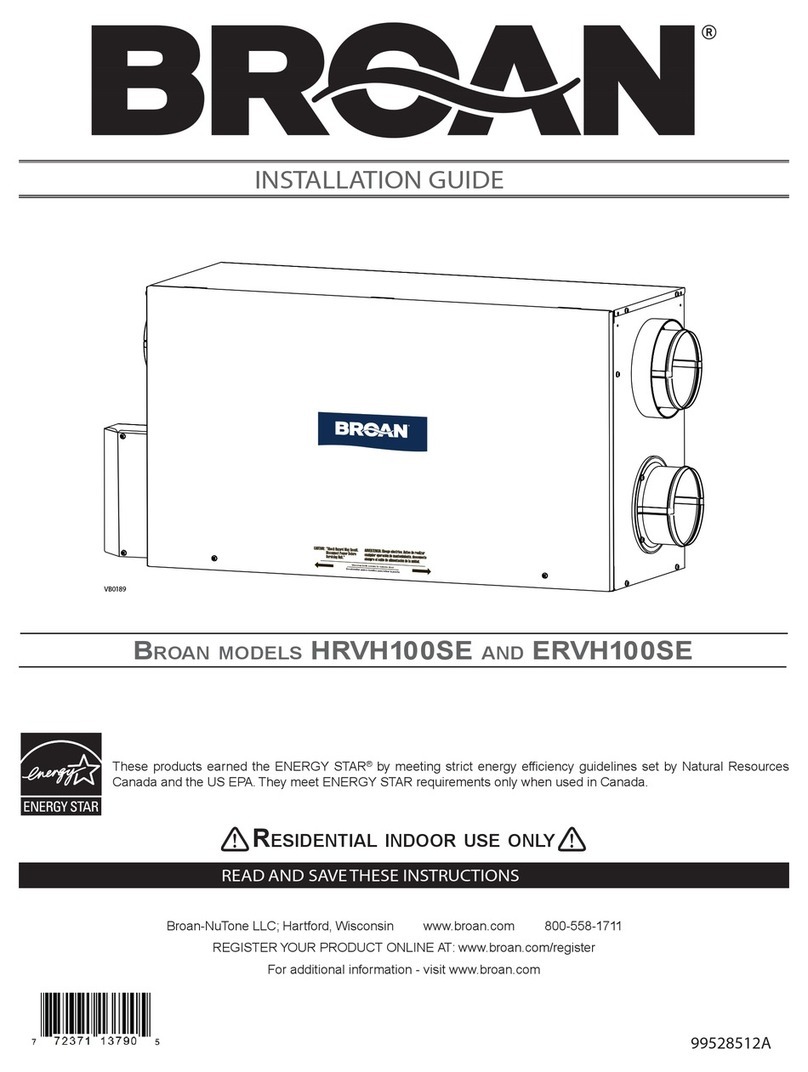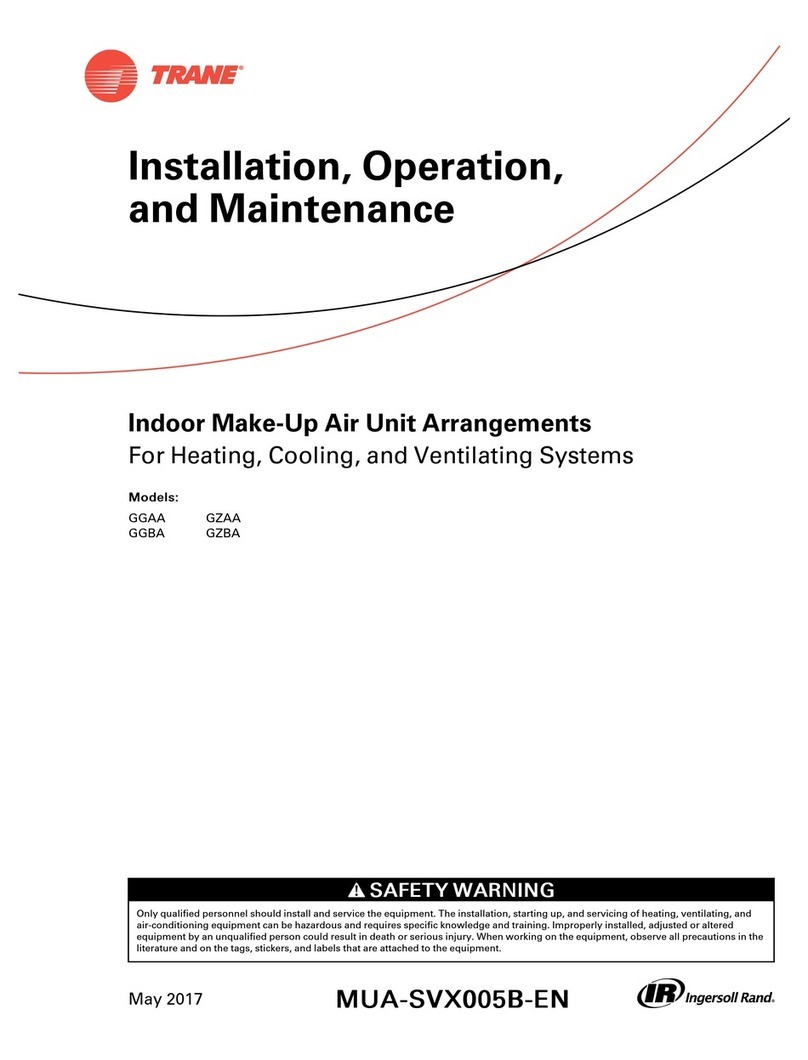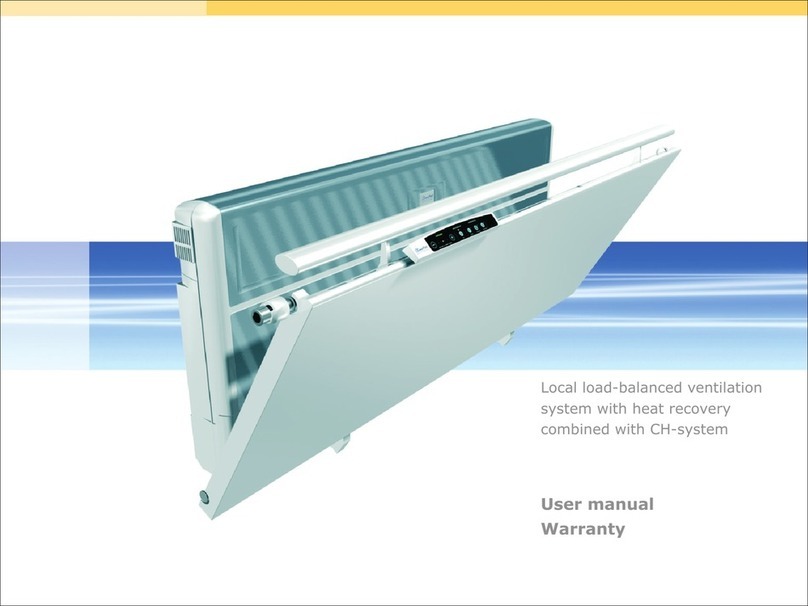EN
In addition to this general chapter, this operating
manual consists of:
• A section for the user
• A section for the installer.
Please read this operating manual carefully
before using the unit.
- User ¨ Chapters 1 and 2.
- Installer ¨ Chapters 1 and 3.
This operating manual contains all the information
required to safely and properly install, operate and
maintain the santos 570 DC. In addition, it should
serve you as a reference manual during service
work so that this can be carried out safely and re-
sponsibly. Due to ongoing further development of
the unit it is possible that your santos 570 DC may
differ slightly from the unit described in this manual.
This manual has been produced with the
greatestSFlb care and attention. However,
we do not accept legal liability for the con-
tents. Furthermore, the company reserves
the right to change the contents of this SFI-
boperating manual at any time without prior
SFlbnotication.
This chapter contains general information on the san-
tos 570 DC.
The unit carries the designation santos 570 DC,
hereafter referred to as santos.
The santos is a balanced ventilation system with
heat recovery functionality that provides healthy,
balanced and energy-saving ventilation in residen-
tial premises. The santos identification plate is de-
picted below.
Our “General Terms and Conditions” in their latest
wording apply to the santos. The warranty period
begins when the unit is commissioned, but not later
than one month after delivery. The warranty extends
to material replacement, but does not include la-
bour costs. It shall only apply on proof of mainte-
nance having been performed by specialist installer
in accordance with our instructions.
The warranty period for our products shall be two
years commencing on the date of dispatch from our
work. Claims made under warranty shall only be ac-
cepted for material defects and/or manufacturing
defects that become apparent during the warranty
period. In the event a warranty claim is made the
santos must not be dismantled without the prior
written permission of the manufacturer. The manu-
facturer's warranty shall only apply to spare parts
that have been installed by a specialist installer.
The warranty will be voided if:
• The warranty period has expired;
• The unit is operated without an original PAUL
filter;
• Parts not supplied by the manufacturer are in-
stalled;
• The unit is used for any purpose other than the
intended use;
• Unauthorised changes or modifications have
been made to the system.
The santos has been developed and manufactured
for use in so-called "balanced ventilation systems".
Any other use is considered 'improper use' that
may result in damage to the santos or personal in-
jury for which the manufacturer accepts no liability
whatsoever.
The manufacturer accepts no liability for damage or
injury resulting from the following:
• Failure to observe the safety, operating and
maintenance instructions contained in this op-
erating manual;
• Spare parts not supplied or specified by the
manufacturer are installed.
Responsibility for the use of such spare parts
lies solely with the installer;
• Normal wear.
